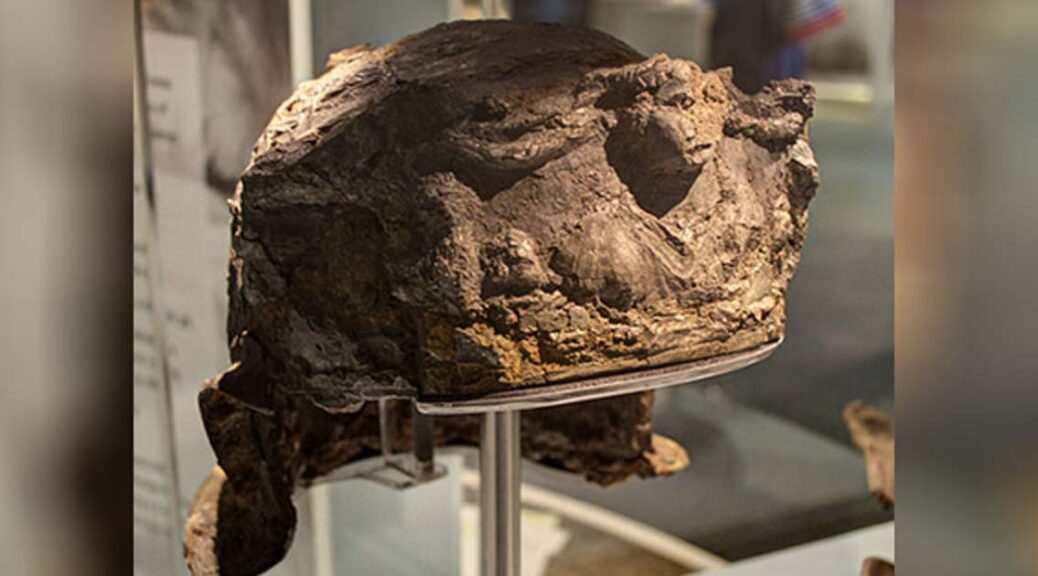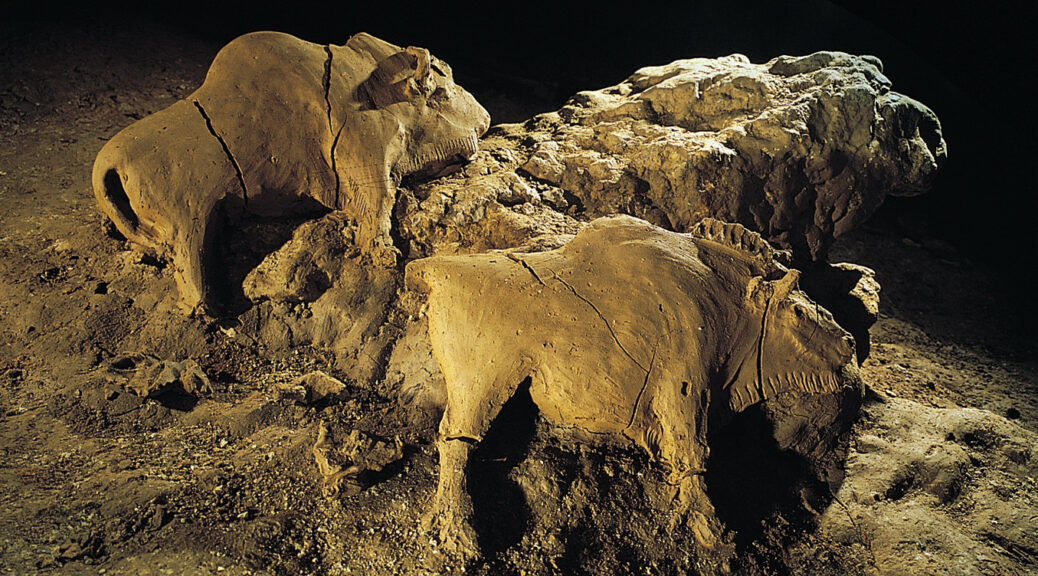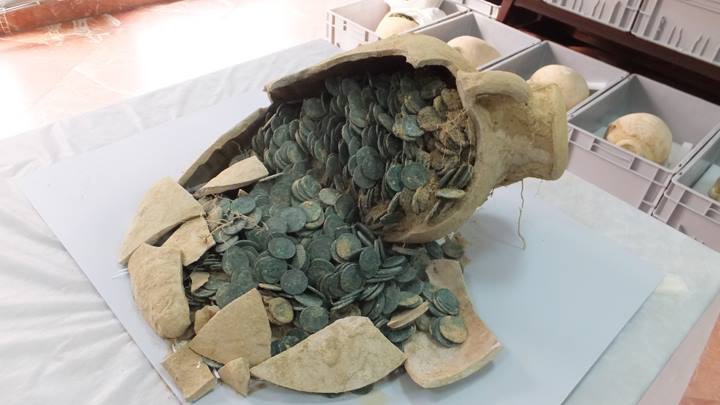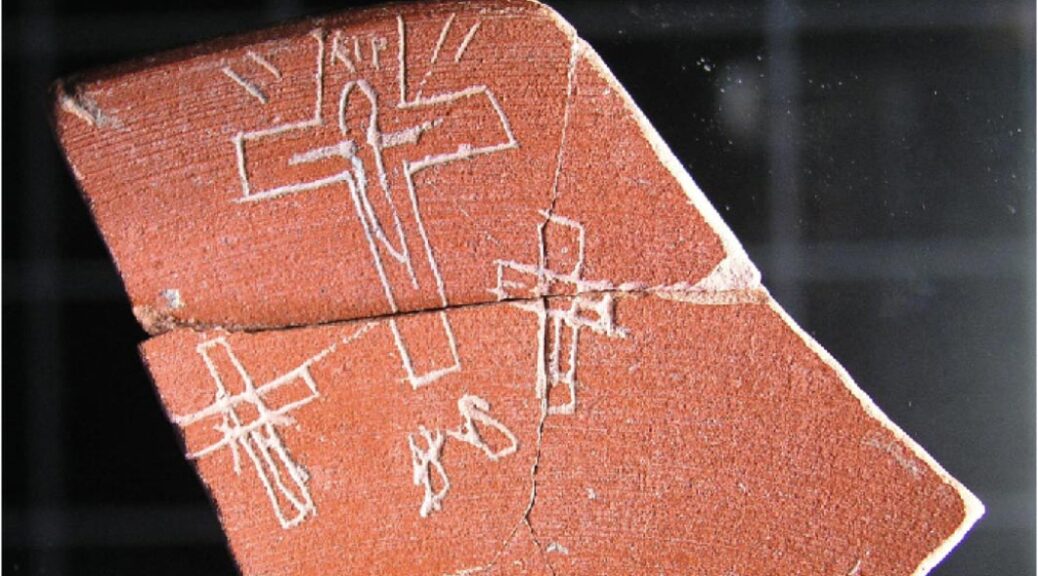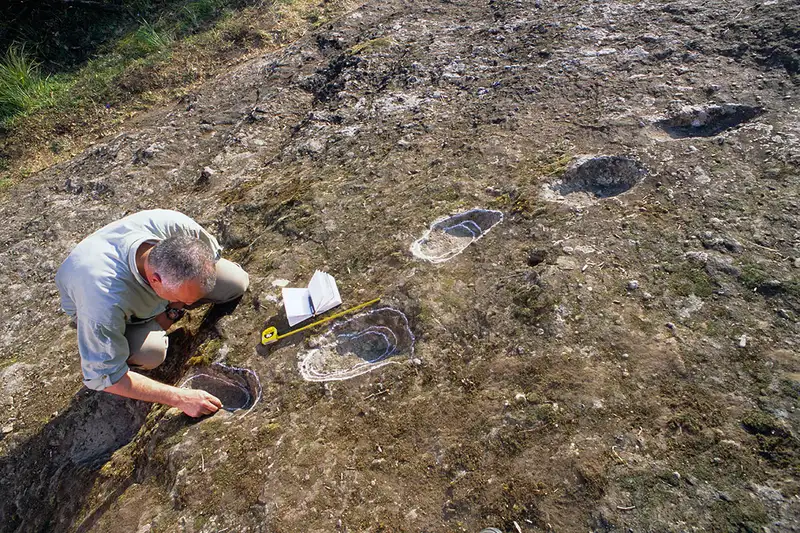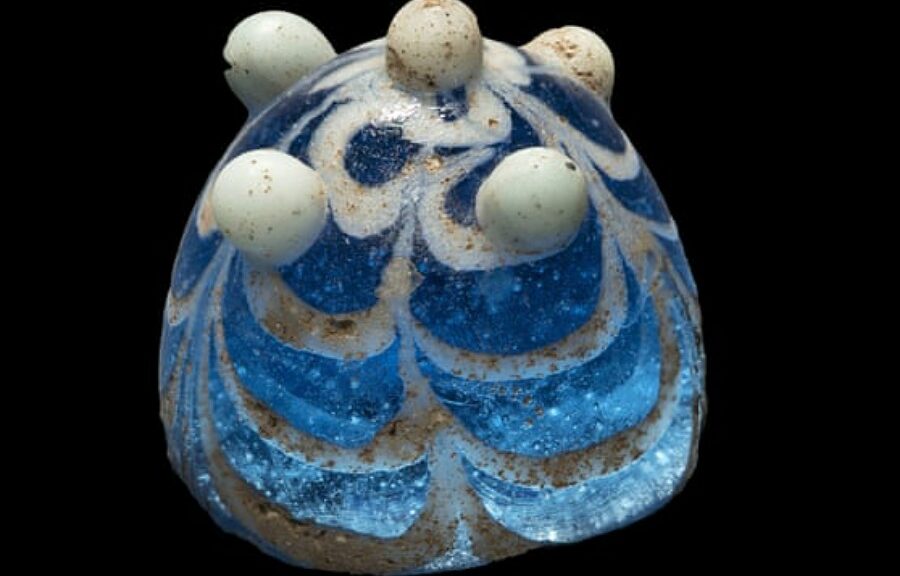The Helmet That Shows Celtic Warriors Helped the Roman Army Conquer Briton
An important find was discovered at an old Iron Age shrine in England. It included coins and other items from both the Iron Age and the Roman era.
A 2,000-year-old unique Roman cavalry helmet was found among the finds. Having been re-examined some 10 years after is first discovered, some believe that the helmet throws an interesting new light on the nature of early relations between Britons and Rome and the development of Roman auxiliary forces.
The helmet was found as part of a treasure that was uncovered by a retired teacher, Ken Wallace, with a hand-held metal detector that he bought for approximately $300 (£260).
It was found in Hallaton, Leicestershire, in the East Midlands. Mr. Wallace knew he had found something big and he immediately reported his find to the relevant local authorities. Later he was paid $200,000 (£150,000) and the owner of the land where the find was made received a similar amount.
Experts began an extensive dig of the site in 2010 and according to the Daily Telegraph they uncovered “5,000 coins and the remains of a feast of suckling pigs.” There was also found some ingots and fragments of metal that came from a Roman cavalryman’s helmet. The find of the headgear was hailed as very important and it came to be known as the ‘Hallaton helmet’ after the area where it was unearthed.

According to the Daily Telegraph, the cavalry helmet was “restored from 1,000 fragments by experts at the British Museum.” It was made of sheet iron and was once ornately decorated with gold leaf designs and had cheek pieces and was most likely worn by a cavalryman.
The reconstruction of the Roman helmet allowed specialists to study it and they were able to find designs with images of battles, victories and a female figure escorted by lions, probably a goddess. There is also the figure of a Roman Emperor on a horse who is apparently, accompanied by Victoria, the goddess of Victory, on one of the cheekpieces.

The helmet pieces were dated to the Roman invasion of Britain (43 BC), which was ordered by Emperor Claudius (10 BC-54 AD) of the Claudian-Flavian Dynasty.
It was something of a mystery as to why the helmet was offered at the shrine and also its origin, as at the time it would have been controlled by local Celtic tribes. There were several theories proposed for the presence of what would have been a highly prized object at the shrine including it was a diplomatic gift or booty from a raid.

However, the theory was put forward and it was one that had dramatic implications for our understanding of the Roman conquest of Britain. It has been proposed that the helmet did not belong to a Roman but to a Briton and that he deposited it at the shrine. The BBC reported that “its date, close to the Roman invasion of 43 AD, meant it could be evidence of Celtic tribes serving with the Roman army.”
This theory is very plausible because there are an extensive documentary and archaeological evidence that non-Romans served in the Emperor’s armies as auxiliaries.
These were recruited from tribes inside and outside the Empire and they provided extra manpower to the legions – for example, many Germans fought with Julius Caesar during the conquest of Gaul.
The reconstructed helmet possibly indicates that Celtic Britons served as auxiliaries during the reign of Claudius. It is well-known that they served as auxiliaries, but it was not thought that they fought with the Romans at such an early date. Moreover, such an elaborate helmet may show that Britons may even have risen to a high rank in the Roman army.
The discovery led some to conclude that some Celtic tribesmen actually served with the invaders during the conquest of modern-day England.
The helmet provides strong evidence that was even Celts from Briton who served in the Roman army before the conquest, having dramatic implications for our understanding of Ancient Britain and the evolution of the Roman army.
